American Airlines set out to redefine long-haul luxury with Project Olympus. However, those big plans have unraveled. Initially, the airline aimed to upgrade Boeing 777-300ER cabins with enclosed Olympus suites. Yet due to persistent supplier delays, those upgrades remain grounded.
As a result, the first aircraft sent to Hong Kong returned without a single improvement. Since essential seating components never arrived, retrofits never began. This disruption has forced American Airlines to rethink its premium strategy.
Meanwhile, passengers continue boarding the 777-300ER with outdated Flagship First interiors. Consequently, discomfort and dissatisfaction are on the rise. While customers on newer 787-9 jets enjoy full suites and better features, others face broken seats and poor comfort.
Therefore, American Airlines now risks creating a two-tier premium experience. This contrast damages the airline’s reputation for consistent quality. Moreover, without urgent action, customer loyalty could decline.
Despite the setbacks, American Airlines has yet to announce a new retrofit timeline. Instead, the airline now wrestles with uncertainty and pressure from global competitors. Other airlines continue launching advanced cabins.
Thus, each delay allows rivals to take the lead in premium air travel. Additionally, the missed upgrades affect the airline’s service consistency across its long-haul routes.
For American Airlines, Project Olympus is more than a retrofit plan. It represents the brand’s promise of future luxury. However, without immediate recovery efforts, that promise could fade fast.
Now, the airline must fix its supply issues and relaunch the cabin transformation. Time is running out. Travelers expect luxury today—not in another year. In conclusion, American Airlines must act fast. Its position in the elite market depends on delivering the Olympus experience.
Related stories:
Catch up on the top stories and travel deals by subscribing to our newsletter!

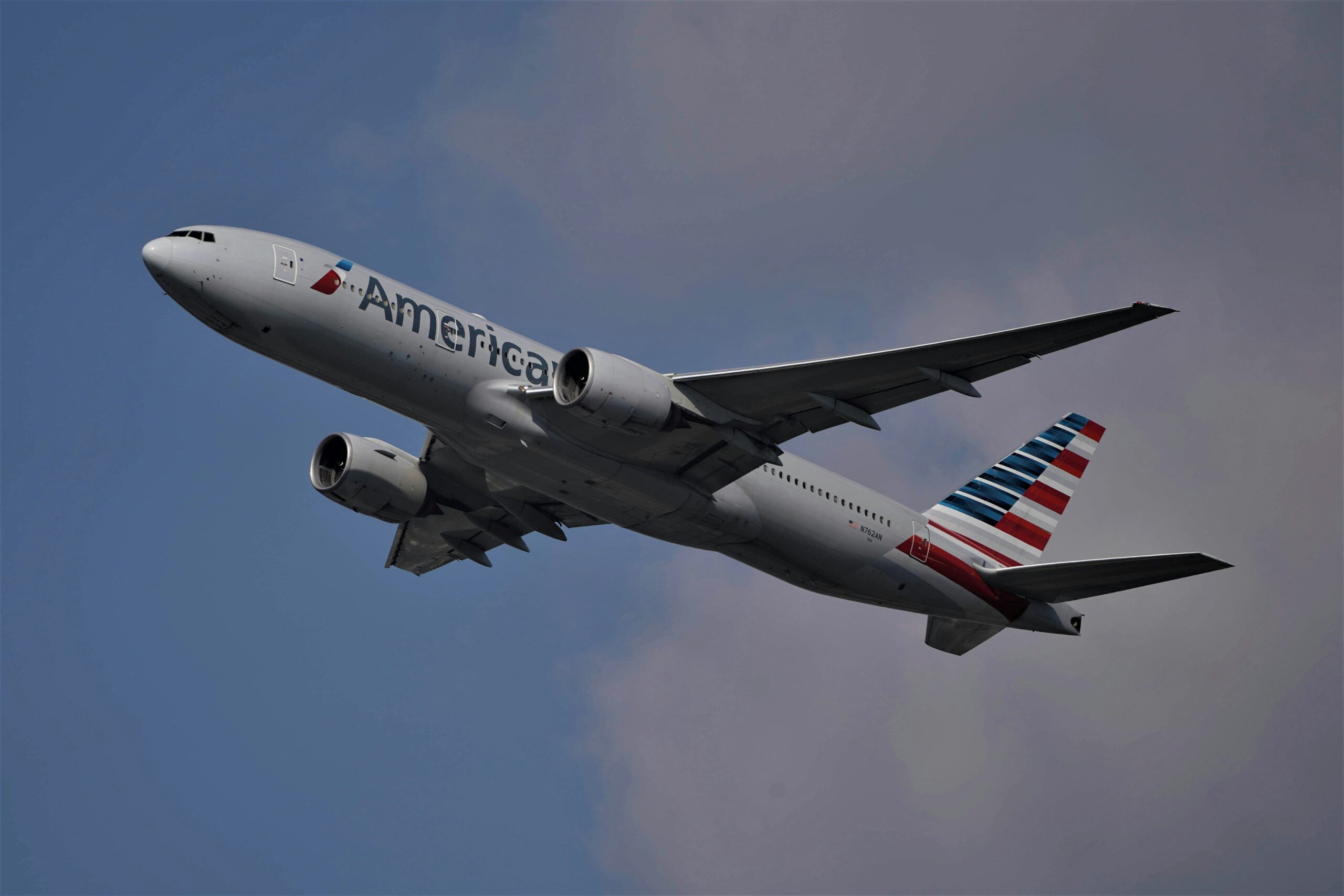

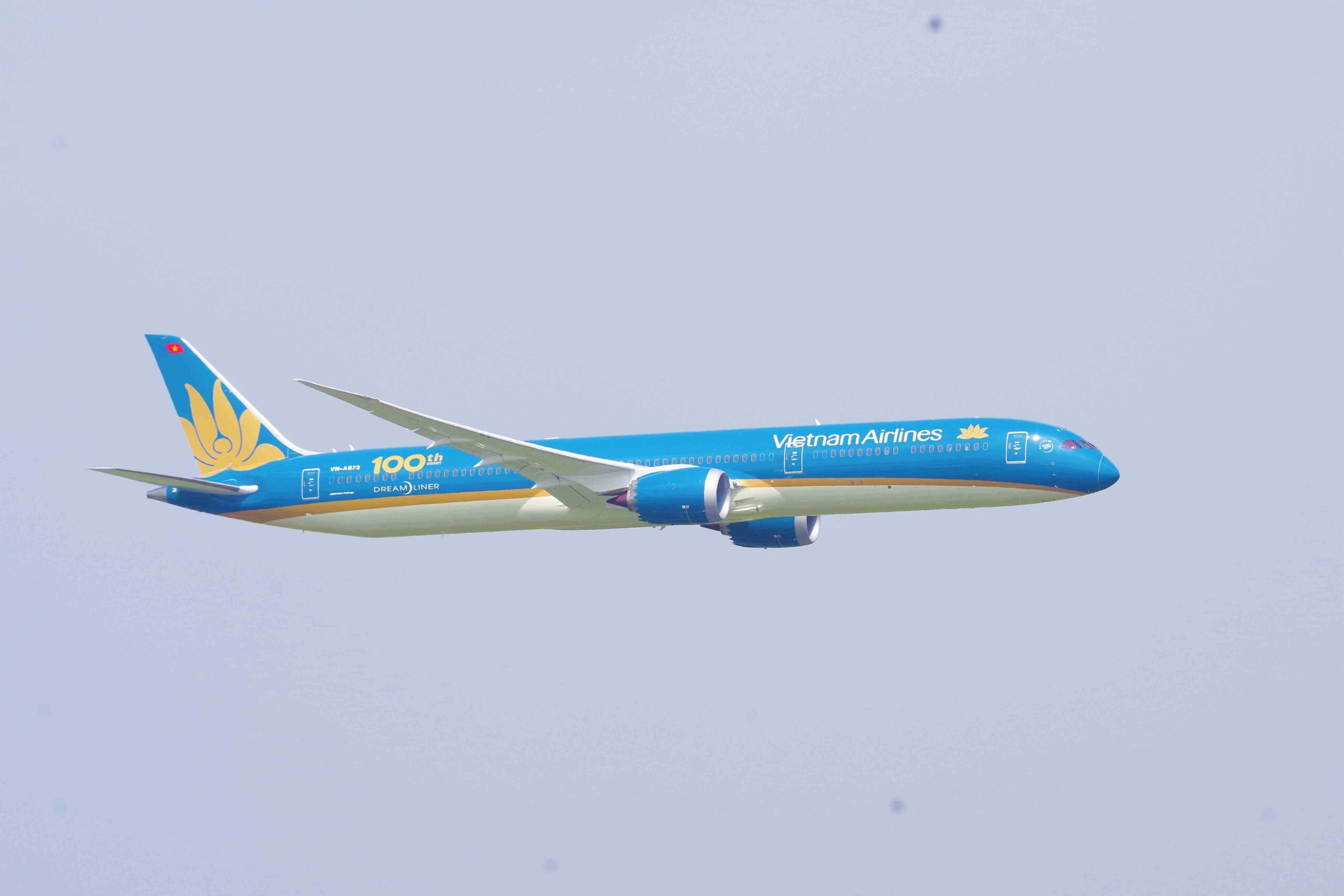
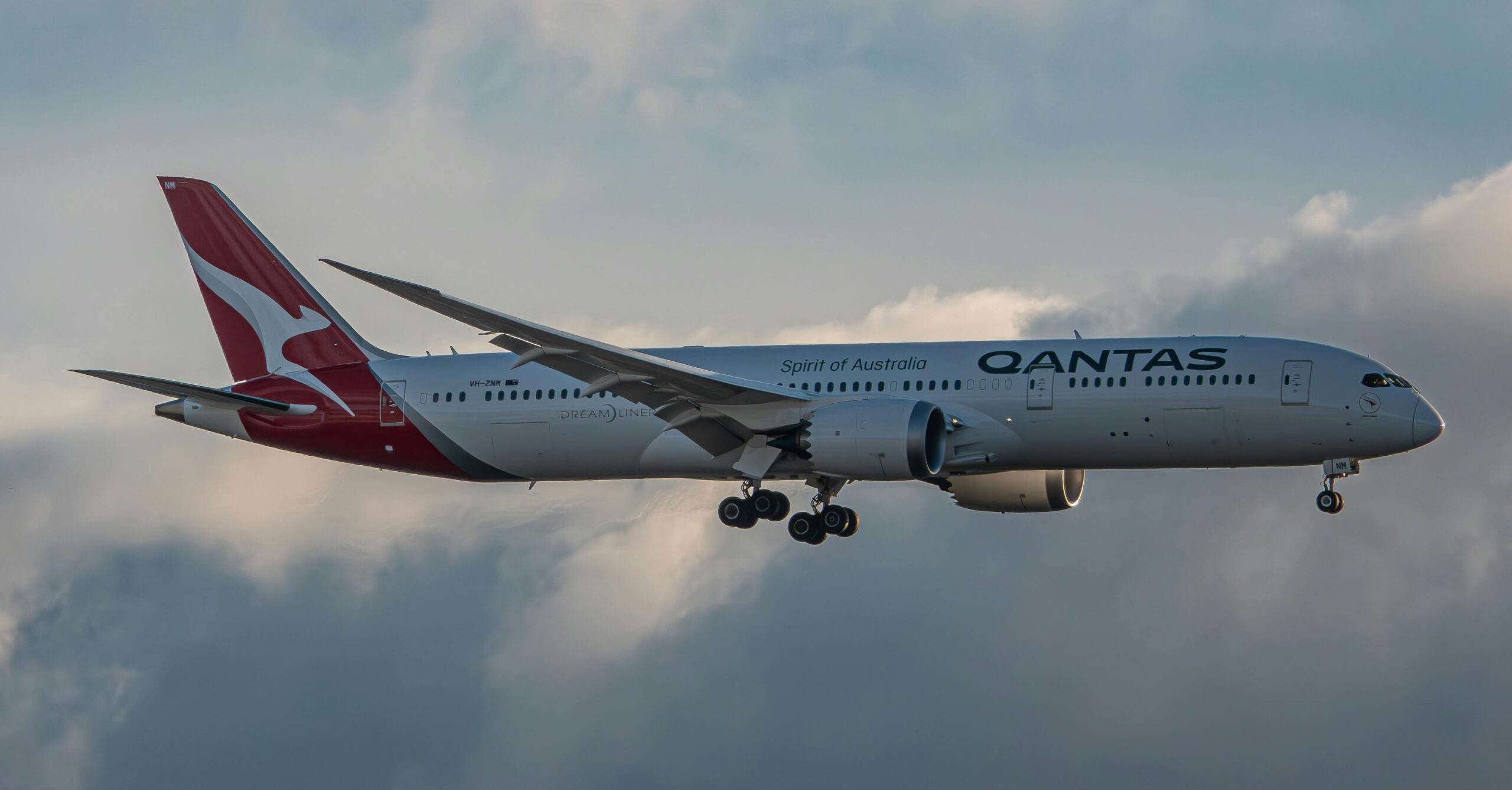
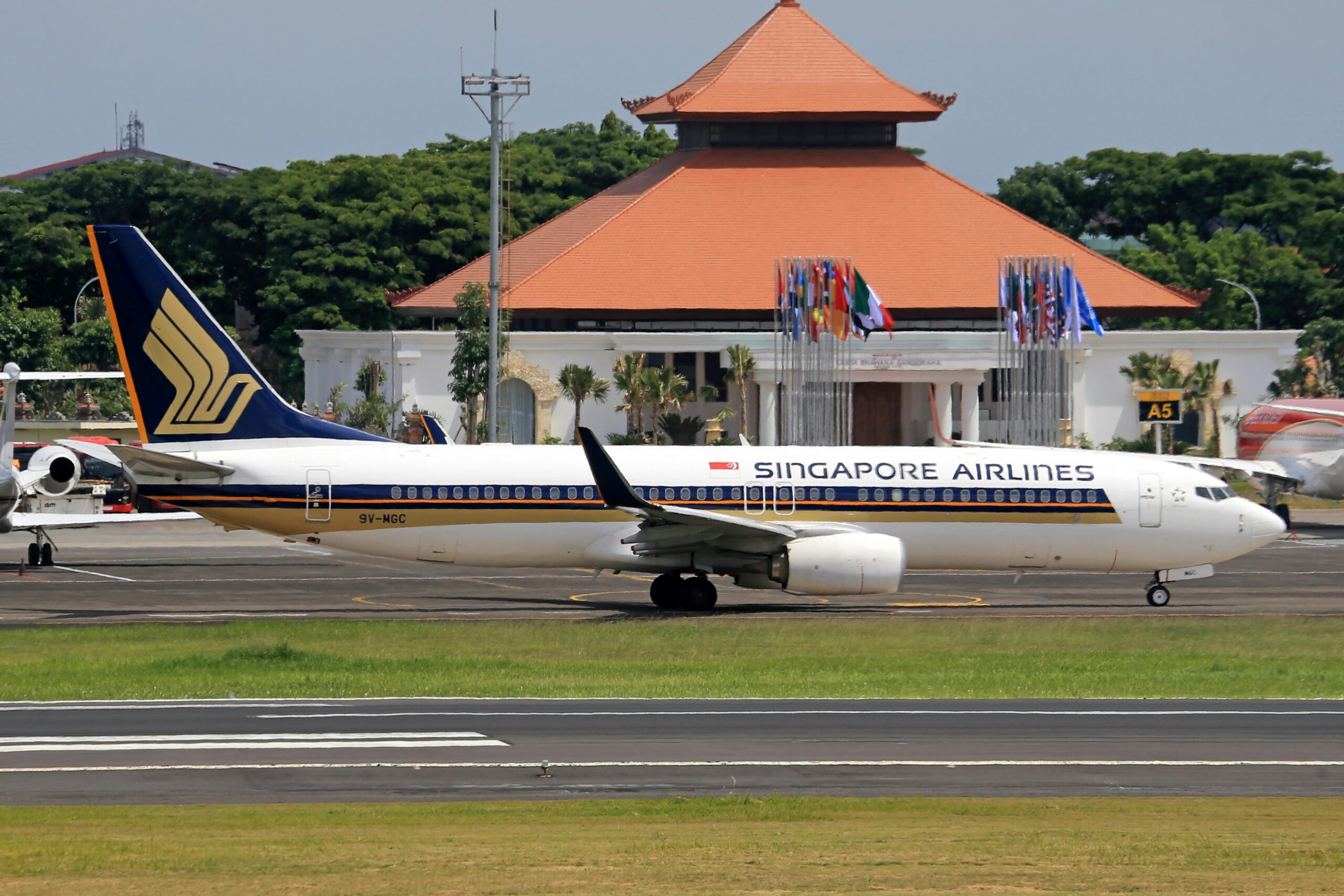
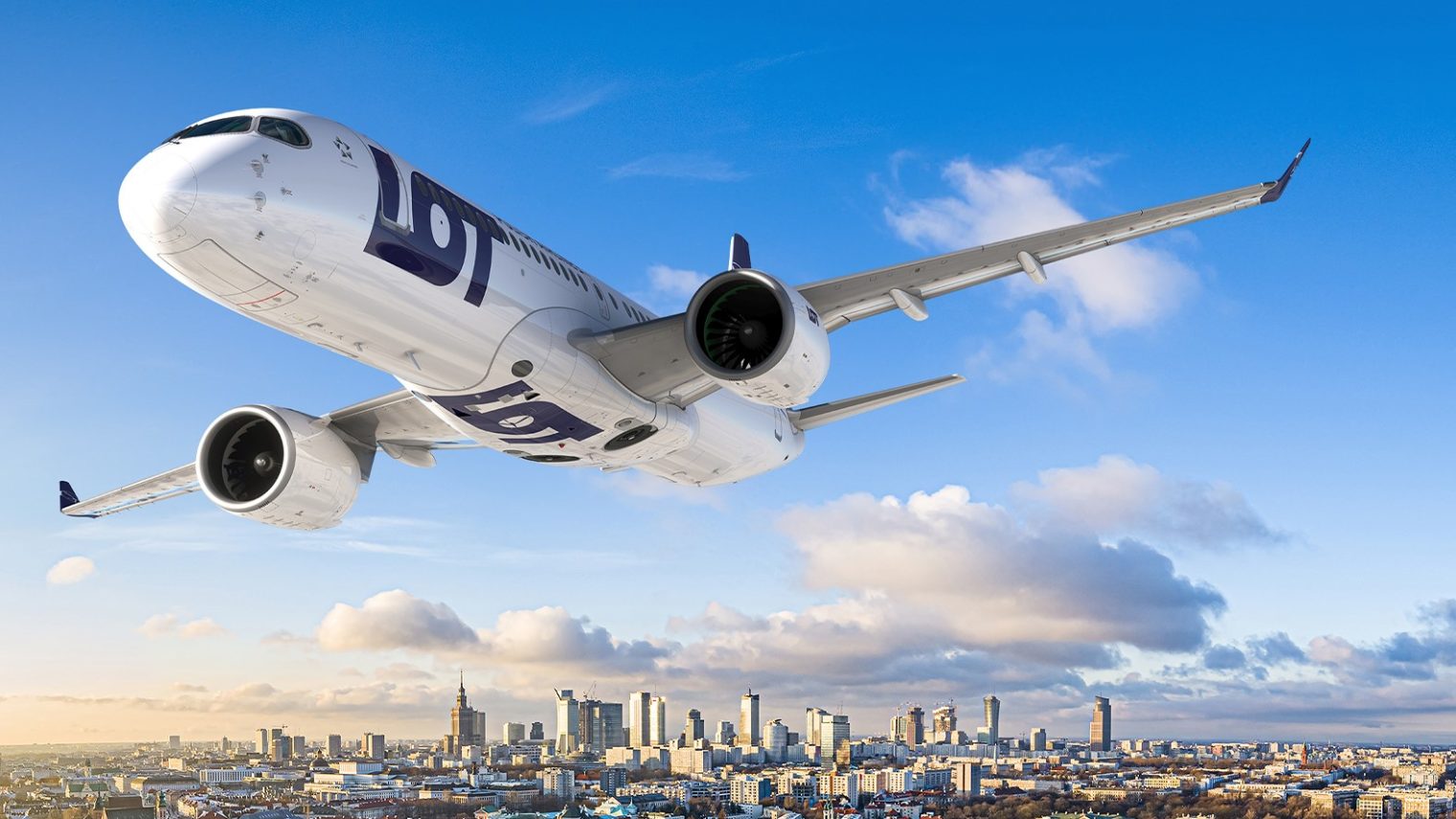
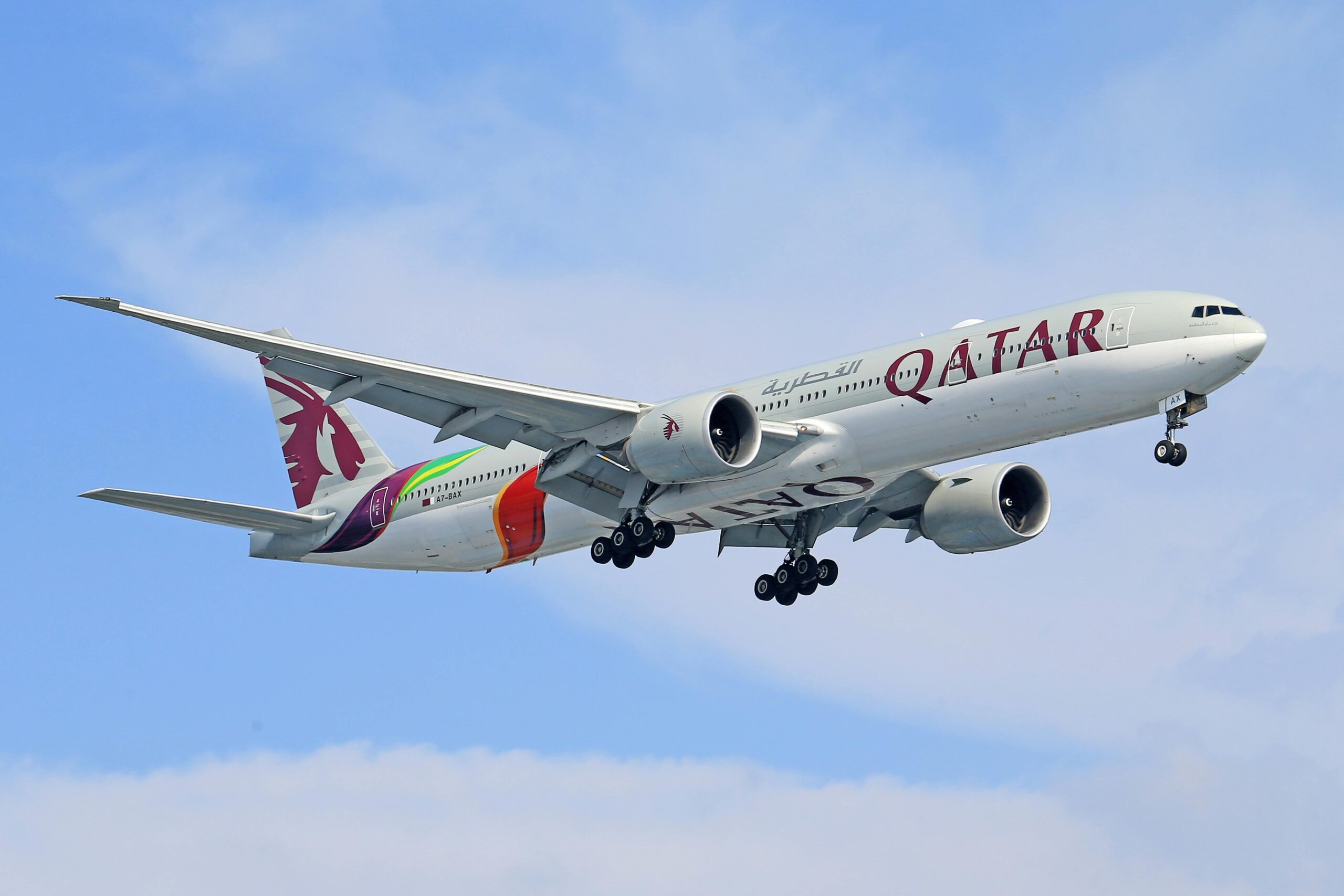

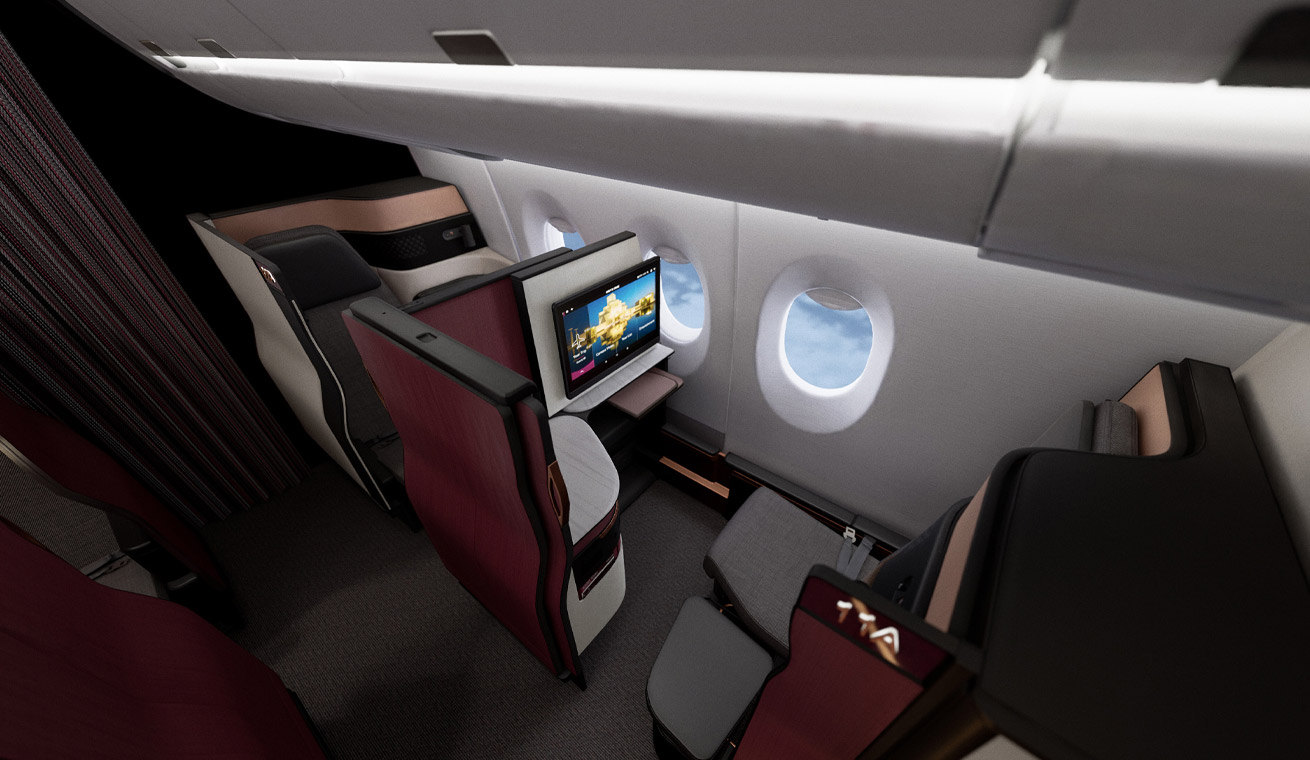

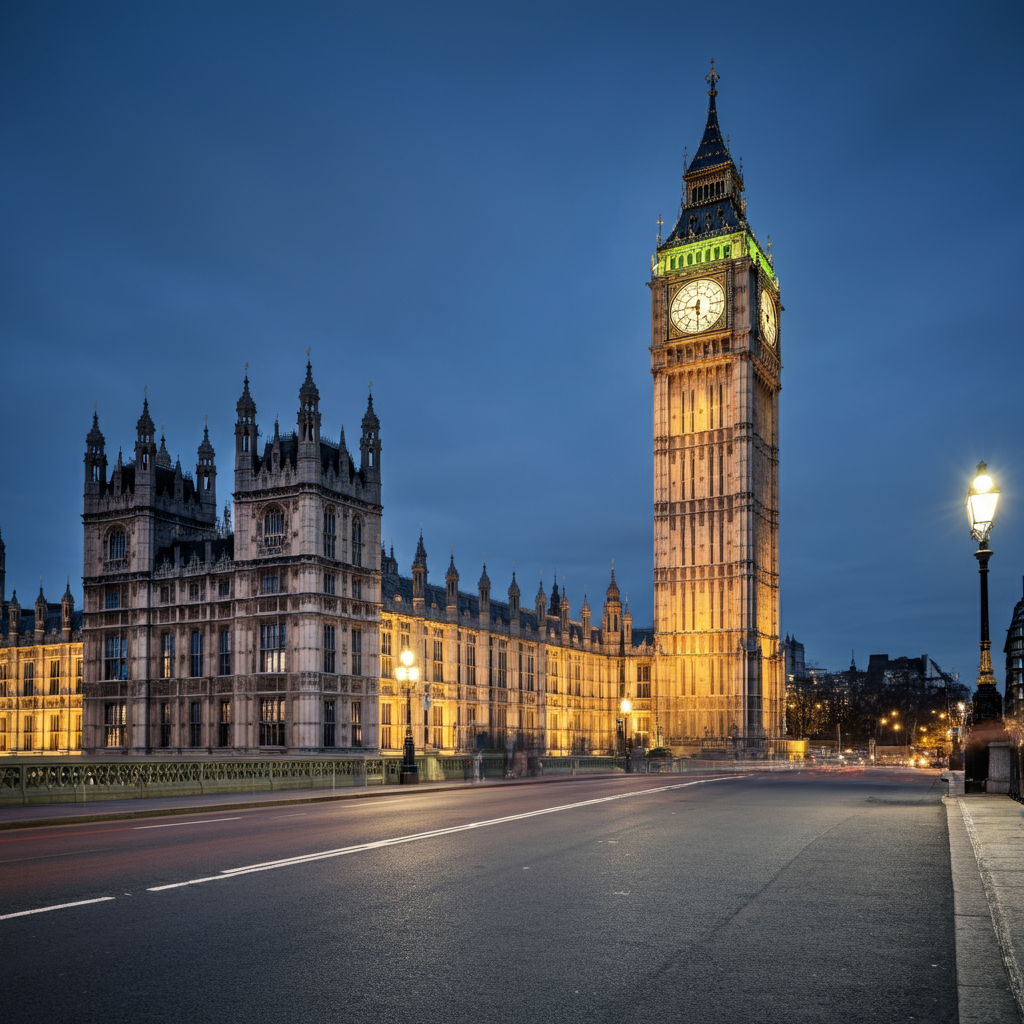
Leave a Reply